
How to Use mcp6002: Examples, Pinouts, and Specs
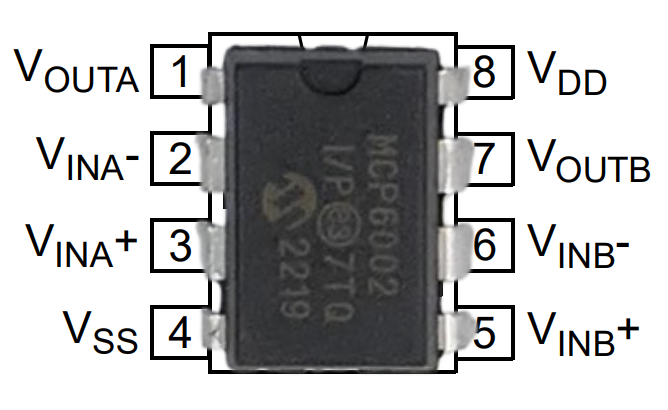
 Design with mcp6002 in Cirkit Designer
Design with mcp6002 in Cirkit DesignerIntroduction
The MCP6002 is a dual operational amplifier (op-amp) manufactured by Microchip. It is designed for low-power applications, making it ideal for battery-operated devices. With its wide supply voltage range, high input impedance, and low output noise, the MCP6002 is well-suited for a variety of analog signal processing tasks, including signal amplification, filtering, and buffering.
Explore Projects Built with mcp6002
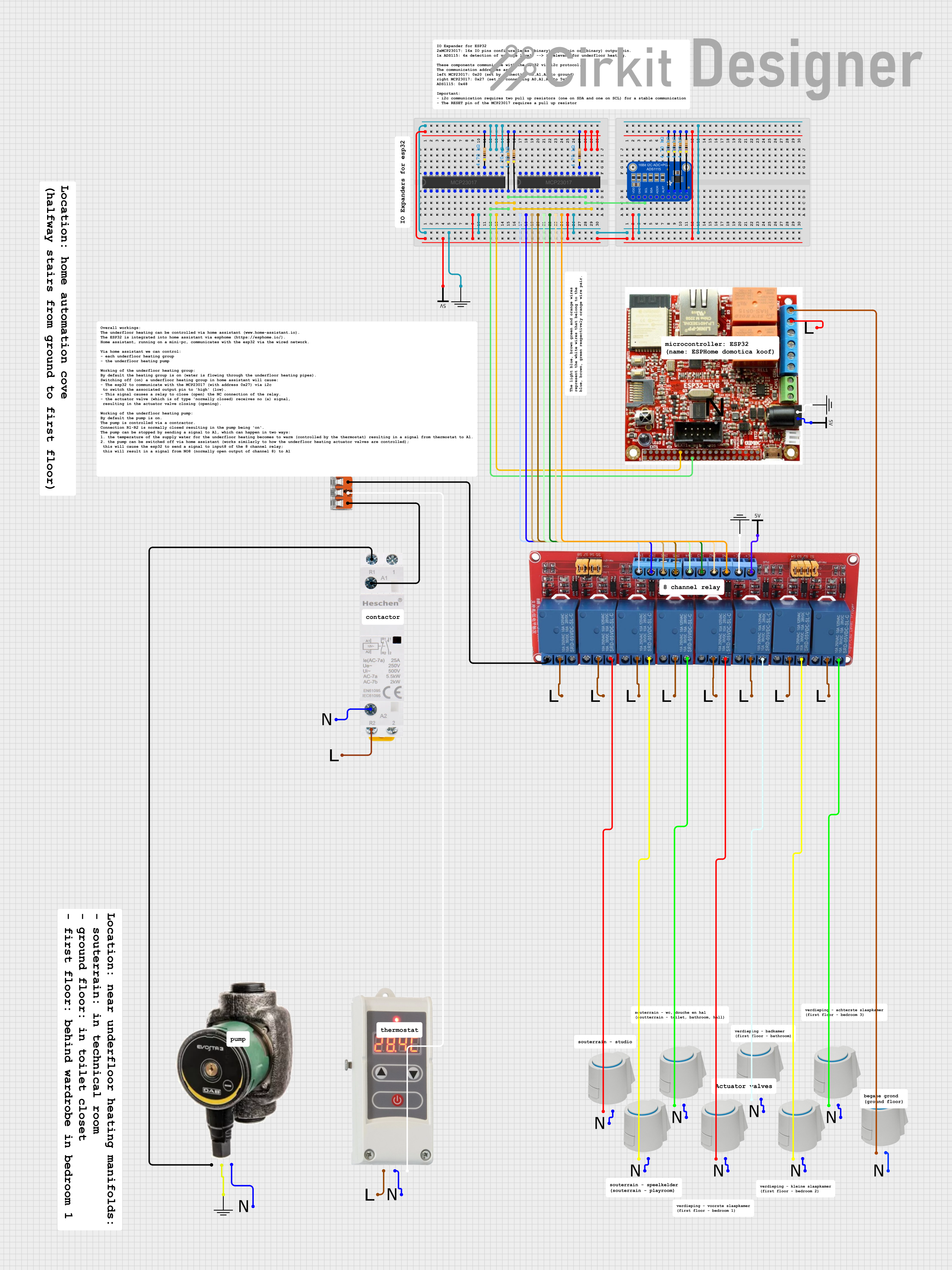
 Open Project in Cirkit Designer
Open Project in Cirkit Designer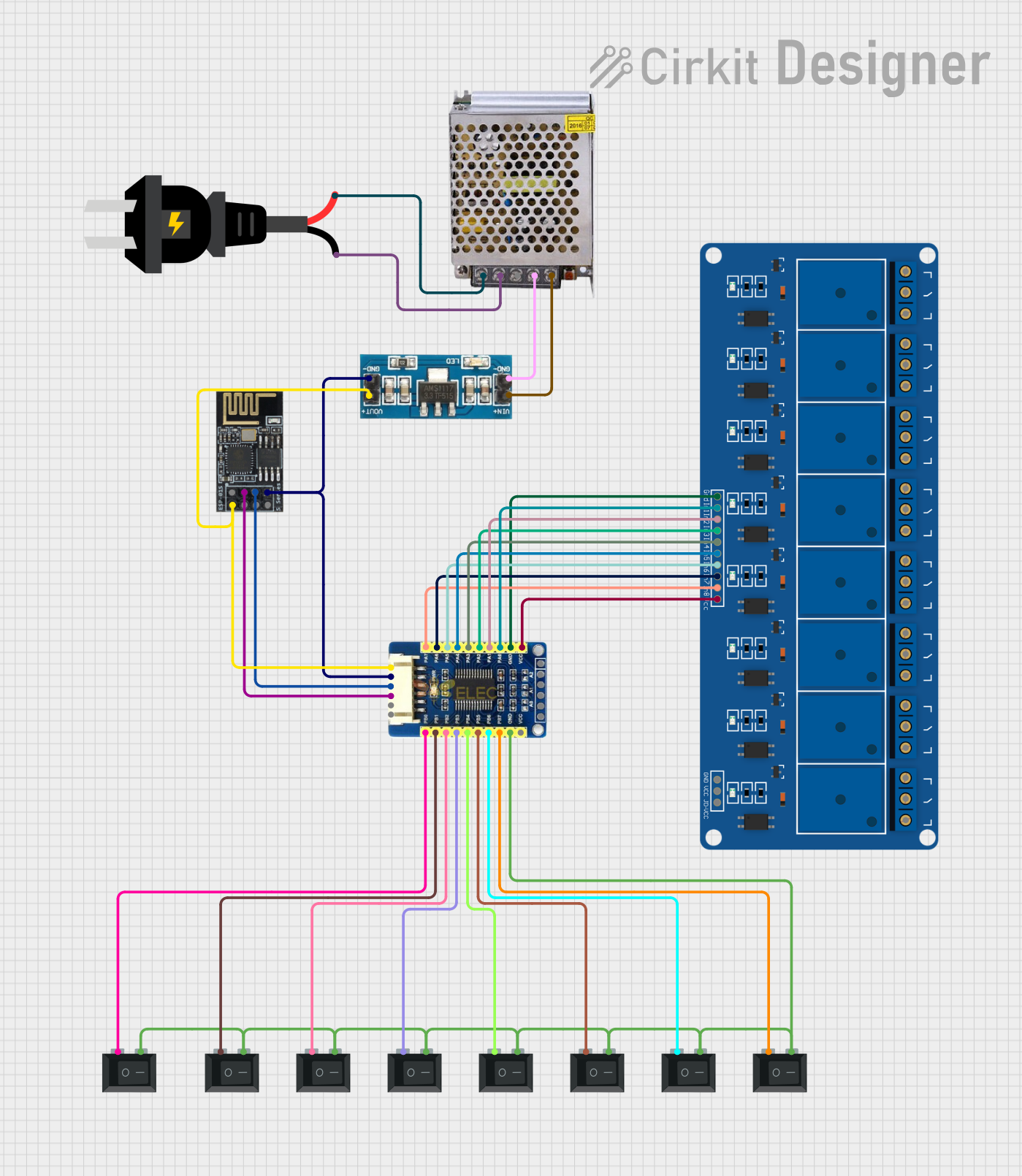
 Open Project in Cirkit Designer
Open Project in Cirkit Designer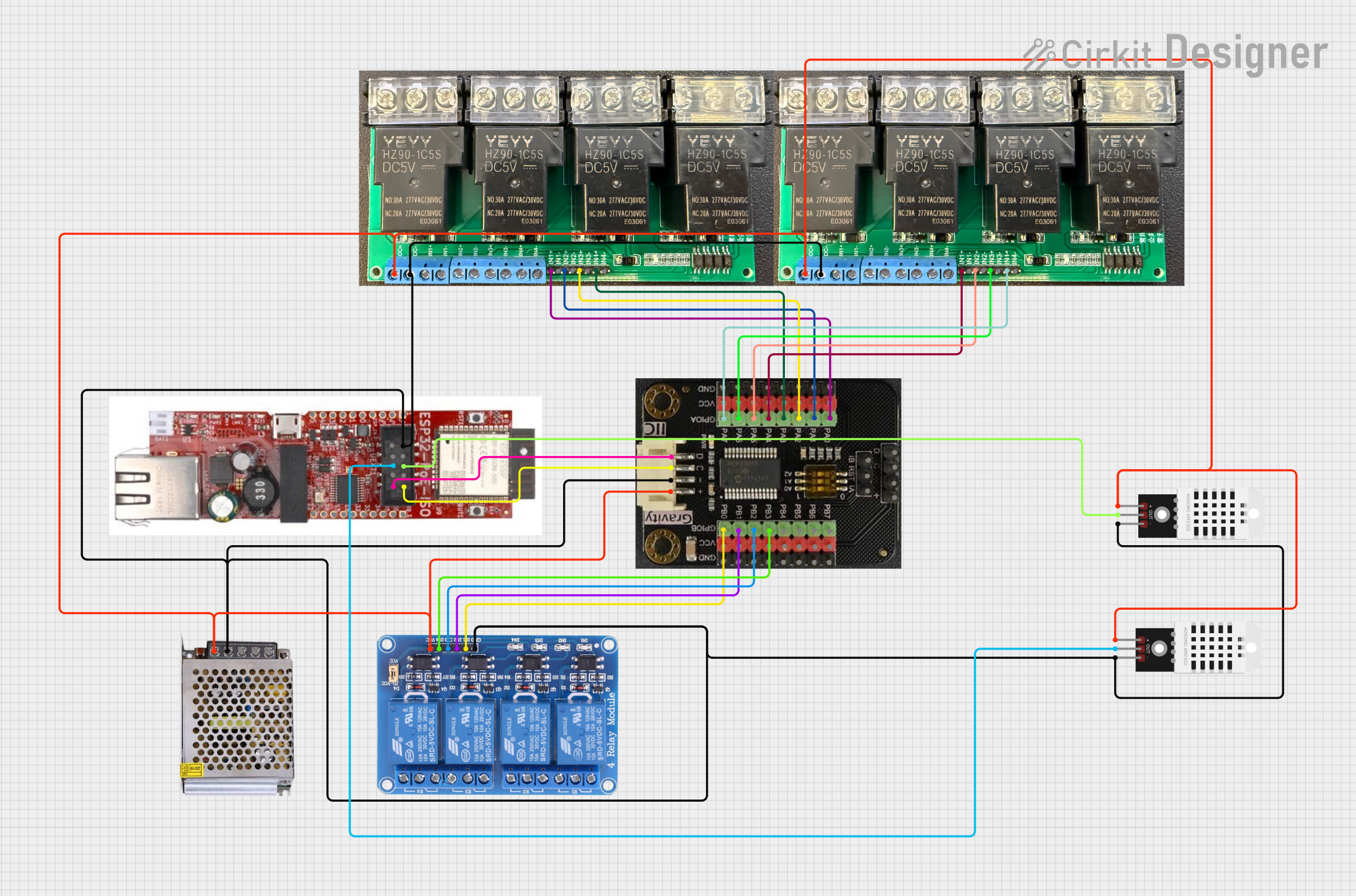
 Open Project in Cirkit Designer
Open Project in Cirkit Designer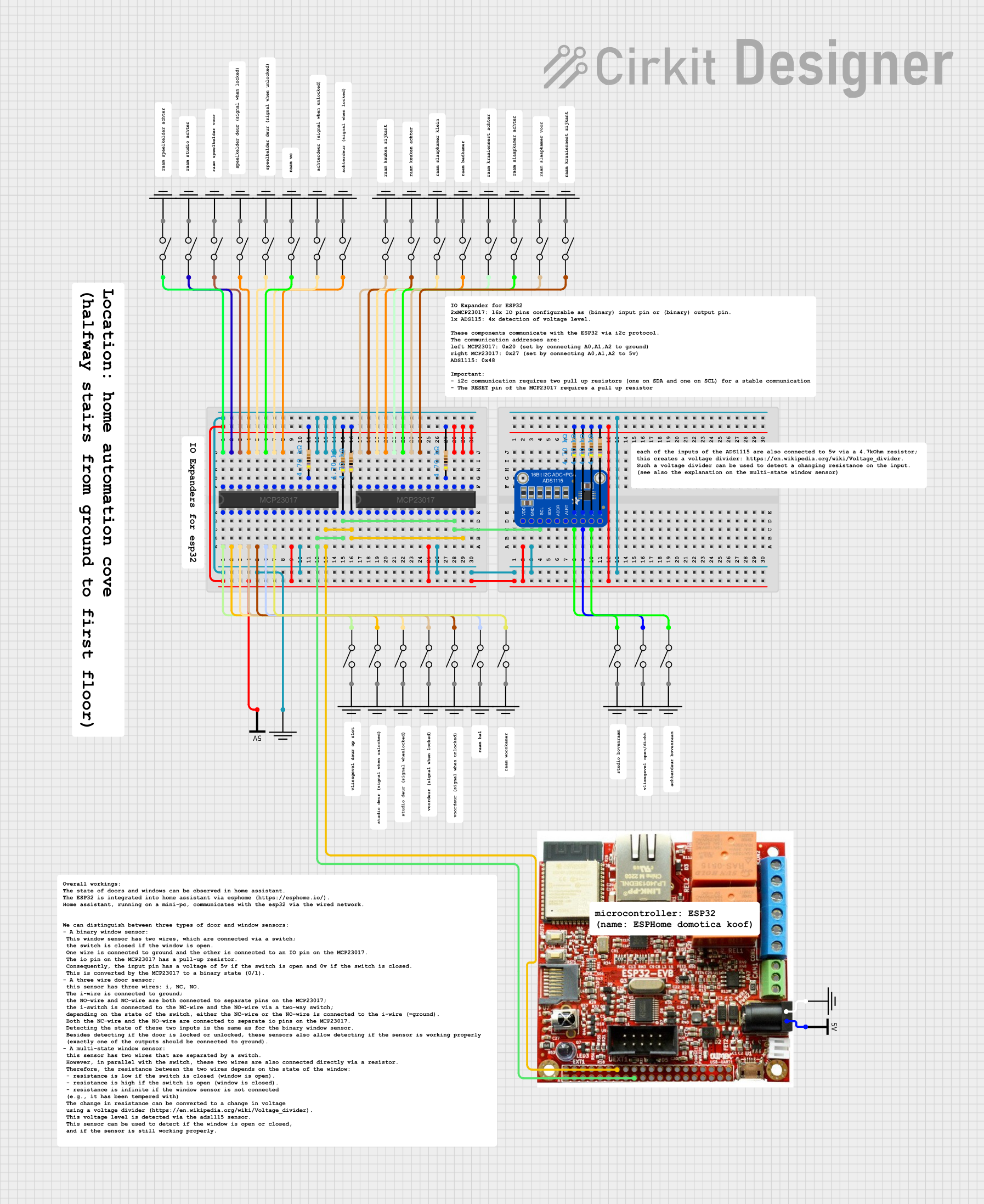
 Open Project in Cirkit Designer
Open Project in Cirkit DesignerExplore Projects Built with mcp6002

 Open Project in Cirkit Designer
Open Project in Cirkit Designer
 Open Project in Cirkit Designer
Open Project in Cirkit Designer
 Open Project in Cirkit Designer
Open Project in Cirkit Designer
 Open Project in Cirkit Designer
Open Project in Cirkit DesignerCommon Applications
- Portable and battery-powered devices
- Sensor signal conditioning
- Active filters and integrators
- Analog-to-digital converter (ADC) buffering
- Audio signal processing
Technical Specifications
The MCP6002 offers excellent performance for low-power applications. Below are its key technical specifications:
| Parameter | Value |
|---|---|
| Supply Voltage Range | 1.8V to 6.0V |
| Supply Current (per op-amp) | 100 µA (typical) |
| Input Offset Voltage | ±4.5 mV (maximum) |
| Input Impedance | 10⁶ GΩ (typical) |
| Gain Bandwidth Product | 1 MHz (typical) |
| Slew Rate | 0.6 V/µs (typical) |
| Output Voltage Swing | Rail-to-rail |
| Operating Temperature Range | -40°C to +85°C |
| Package Options | PDIP, SOIC, MSOP |
Pin Configuration and Descriptions
The MCP6002 is available in an 8-pin package. Below is the pinout and description:
| Pin Number | Pin Name | Description |
|---|---|---|
| 1 | OUTA | Output of Op-Amp A |
| 2 | INA- | Inverting Input of Op-Amp A |
| 3 | INA+ | Non-Inverting Input of Op-Amp A |
| 4 | VSS | Ground (Negative Power Supply) |
| 5 | INB+ | Non-Inverting Input of Op-Amp B |
| 6 | INB- | Inverting Input of Op-Amp B |
| 7 | OUTB | Output of Op-Amp B |
| 8 | VDD | Positive Power Supply |
Usage Instructions
The MCP6002 is straightforward to use in a variety of analog circuits. Below are the steps and considerations for integrating it into your design:
Basic Circuit Configuration
- Power Supply: Connect the VDD pin to a positive voltage source (1.8V to 6.0V) and the VSS pin to ground.
- Input Connections:
- For each op-amp, connect the INA+ or INB+ pin to the non-inverting input signal.
- Connect the INA- or INB- pin to the inverting input signal or feedback network.
- Output Connections: The OUTA and OUTB pins provide the amplified output signals.
Example: Voltage Follower (Buffer)
The MCP6002 can be used as a voltage follower to buffer a high-impedance signal. Below is an example circuit and Arduino code for using the MCP6002 with an Arduino UNO to read an analog sensor:
Circuit Diagram
- Connect the sensor output to the INA+ pin.
- Connect the INA- pin directly to the OUTA pin (feedback loop).
- Connect the OUTA pin to the Arduino UNO's analog input (e.g., A0).
- Power the MCP6002 with 5V (VDD) and ground (VSS) from the Arduino.
Arduino Code
// MCP6002 Voltage Follower Example
// This code reads an analog signal from the MCP6002 and prints the value to the Serial Monitor.
const int analogPin = A0; // Analog pin connected to MCP6002 OUTA
void setup() {
Serial.begin(9600); // Initialize serial communication at 9600 baud
}
void loop() {
int sensorValue = analogRead(analogPin); // Read the analog value
float voltage = sensorValue * (5.0 / 1023.0); // Convert to voltage
Serial.print("Sensor Voltage: ");
Serial.println(voltage); // Print the voltage to the Serial Monitor
delay(500); // Wait for 500ms before the next reading
}
Important Considerations
- Power Supply Decoupling: Place a 0.1 µF ceramic capacitor close to the VDD pin to reduce noise and improve stability.
- Input Voltage Range: Ensure the input voltage stays within the op-amp's common-mode input range (0V to VDD).
- Output Loading: Avoid driving heavy loads directly from the output. Use a buffer or additional circuitry if needed.
Troubleshooting and FAQs
Common Issues and Solutions
No Output Signal:
- Verify that the power supply connections (VDD and VSS) are correct.
- Check for proper input signal connections and ensure they are within the specified range.
Distorted Output:
- Ensure the load connected to the output is not too low in impedance.
- Verify that the input signal is not exceeding the op-amp's input voltage range.
High Noise in Output:
- Add decoupling capacitors (e.g., 0.1 µF) near the power supply pins.
- Use proper grounding techniques to minimize noise.
Op-Amp Overheating:
- Check for excessive current draw due to incorrect wiring or short circuits.
- Ensure the supply voltage does not exceed the maximum rating (6.0V).
FAQs
Q: Can the MCP6002 operate with a single supply?
A: Yes, the MCP6002 is designed to operate with a single supply voltage as low as 1.8V.
Q: Is the MCP6002 suitable for audio applications?
A: Yes, its low noise and rail-to-rail output make it suitable for basic audio signal processing.
Q: Can I use the MCP6002 for high-frequency applications?
A: The MCP6002 has a gain bandwidth product of 1 MHz, so it is best suited for low- to mid-frequency applications.
Q: What is the maximum output current of the MCP6002?
A: The MCP6002 can source or sink up to 23 mA (typical), but it is recommended to use it with lighter loads for optimal performance.